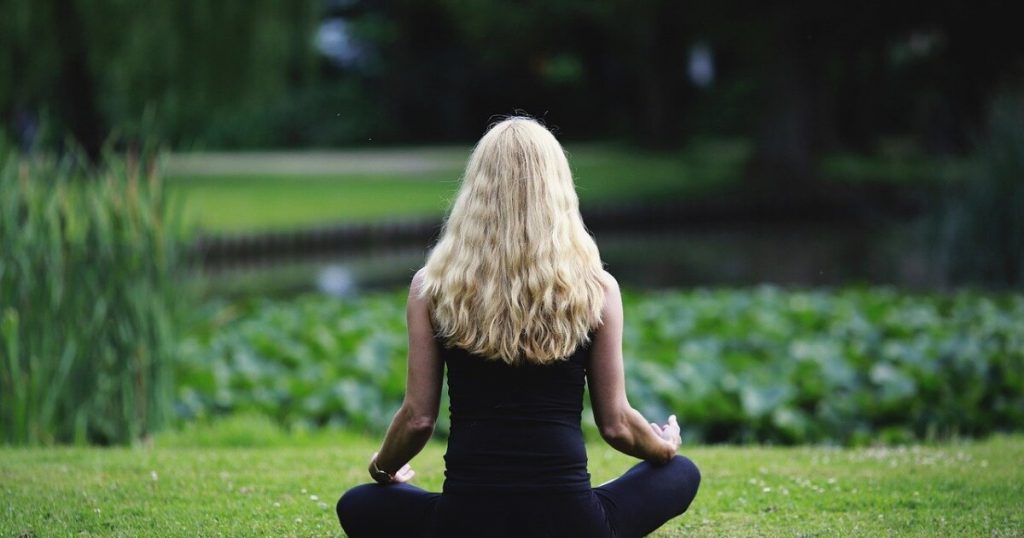
Not too long ago, a big group of Boston-area moms gathered in a field to scream their stress, anxiety, and frustration away. And honestly, who hasn’t felt the overwhelming urge to just scream?
Kiz Adams is the Well-being Coordinator for the University of Georgia and she says she’s seen a lot of burn out and stress among friends and coworkers. But stress is not a normal part of life, and we should be aware of the health risks that often accompany chronic stress.
The National Council on Mental Well-being has conducted numerous studies on this topic and found that before the pandemic, 1 in 5 adults were diagnosed with symptoms associated with mental illness. Since the pandemic began, that statistic has risen to 1 in 3 adults – the most prevalent concerns are anxiety and depression. Taking a vacation, relaxing with an adult beverage, and spending time with family can all be ways that people try to ease stress, but Adams is a proponent of Mindfulness through meditation. Mindfulness is a buzz word that has been thrown around freely in the past few years, but what does it mean to be mindful?
Adams says that Mindfulness means paying attention on purpose in the moment without judgement. A person cannot be accidentally mindful, it is something for which you must strive. However, that also means that it is a skill that can be practiced. In turn, meditation is the tool we use to practice mindfulness. Meditation is simply focusing on something in the present moment and often what people focus on is breathing because, as Adams points out, your breath is always in the present.
So, all I have to do is breathe the right way and stress and anxiety melt away? Can it really be that easy? Physiology says, well yes.
The Vagus nerve runs through the diaphragm and belly breathing can engage this nerve, which can actually help you calm down in a moment of stress.
Breathing from your diaphragm, or belly breathing, is as simple as thinking about having a balloon in your torso. On an inhale, you’re trying to inflate that balloon and, on the exhale, you’re deflating your balloon, or diaphragm.
Meditation and belly breathing are just tools to help you learn to recognize your emotions and judgments and manage your response to these stimuli rather than reacting to them in unhealthy or unhelpful ways.
Adams says that if everyday when you open your email inbox you have a stress response, you’re simply teaching your brain that emails equal stress. But meditation is a way to help realign your thinking so that when you open your email inbox, instead of a stress response, you can think, “email is not an emergency…I can answer one email at a time and stop whenever I want…email is not stressful.”
And meditation, mindfulness – they’re not just for grownups. Adams says that belly breathing – inflating your diaphragm “balloon” – is great for children. Another tactic that parents can teach children to help calm down in the moment is Five Finger Meditation in which the child holds up one hand and traces their fingers while breathing. For example, start on the outside of the pinky and inhale while tracing the outside of the finger, then exhale while tracing the inside of the pinky. The child will then work their way around the fingers to the thumb. The goal is that this will help the child slow down and breathe.
Perhaps we can all benefit from learning how to slow down and breathe.

